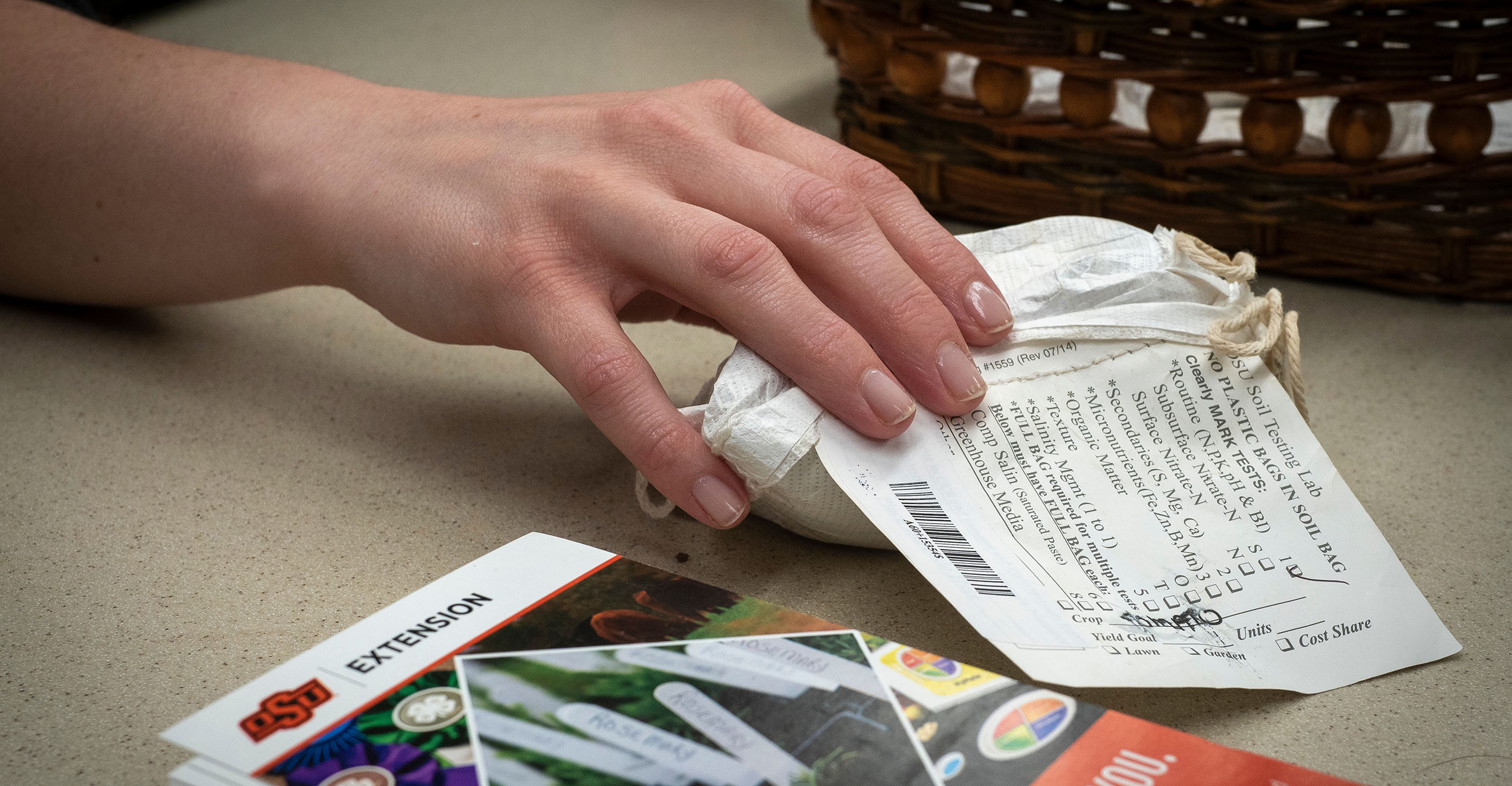
OSU Extension reduces lab testing rates for drought-stricken producers
Wednesday, October 5, 2022
Media Contact: Trisha Gedon | Sr. Communications Specialist | 405-744-3625 | trisha.gedon@okstate.edu
As farmers and ranchers across Oklahoma are dealing with the financial repercussions of the 2022 drought, Oklahoma State University Extension is stepping in to help ease some of the financial strain.
From Oct. 5 through Dec. 31, the Soil, Water and Forage Analytical Laboratory at OSU is offering reduced costs for nitrate toxicity, forage and feed testing, and livestock water testing.
The drought, along with increases in other agricultural inputs required for successful farming and ranching, has led to producers spending more to keep their operations running.
“We understand the growing stress that farmers and ranchers are feeling as a result of continued drought,” said Damona Doye, associate vice president, OSU Extension. “We want to assist them in making the best possible decisions for their operations in a challenging time. Appropriate tests can help producers avoid costly mistakes. We hope that discounting the costs of testing services during this critical period encourages more use of our testing facility and makes the tests accessible to all.”
Testing rates are:
- Nitrate toxicity: $2 (was $6)
- Basic forage: $4 (was $14)
- Livestock water: $5 (was $15)
Hailin Zhang, a professor in the OSU Department of Plant and Soil Sciences and testing lab director, said there are several reasons why producers should consider the lab’s testing capabilities.
“Severe drought and other stressful conditions can reduce forage quality and result in nitrate concentration to toxic levels for sorghum and johnsongrass,” Zhang said. “Forage quality or nitrate testing can optimize livestock rations and avoid cattle poisoning.”
Testing can also improve marketability of the forage and help identify best management practices for forage production.
In addition, drought can have an adverse effect on a pond used as a water source for livestock. If a new well is used, Zhang said water quality should be checked.
With the expected increase in submitted samples, results may take a little longer than the typical two- to five-day turnaround.
Amy Hagerman, OSU Extension agriculture and food policy specialist, said the reduced cost for testing is just one of several initiatives offered for drought support.
“This is something Extension wanted to offer our producers because this has been a tough year,” she said. “I hope people will take advantage of this testing as one more way to protect the safety of their stock.”
Producers who want to test soil, water or forage should contact their local county OSU Extension office for assistance in submitting samples. County Extension educators are well informed on the forages harvested in their areas and can conduct testing for farmers and ranchers. OSU Extension offices also provide sample bags, water bottles, tools and technical assistance for collecting and shipping samples, in addition to results analysis.
Find the nearest county Extension office: https://extension.okstate.edu/county/index.html
OSU Extension supports Oklahoma farmers and ranchers with mental health resources and programming. If you or someone you know is experiencing mental health challenges, please call the Comprehensive Crisis Response at 9-8-8 or visit OSU Extension Farm Stress.
OSU Extension also offers additional drought resources and information.
